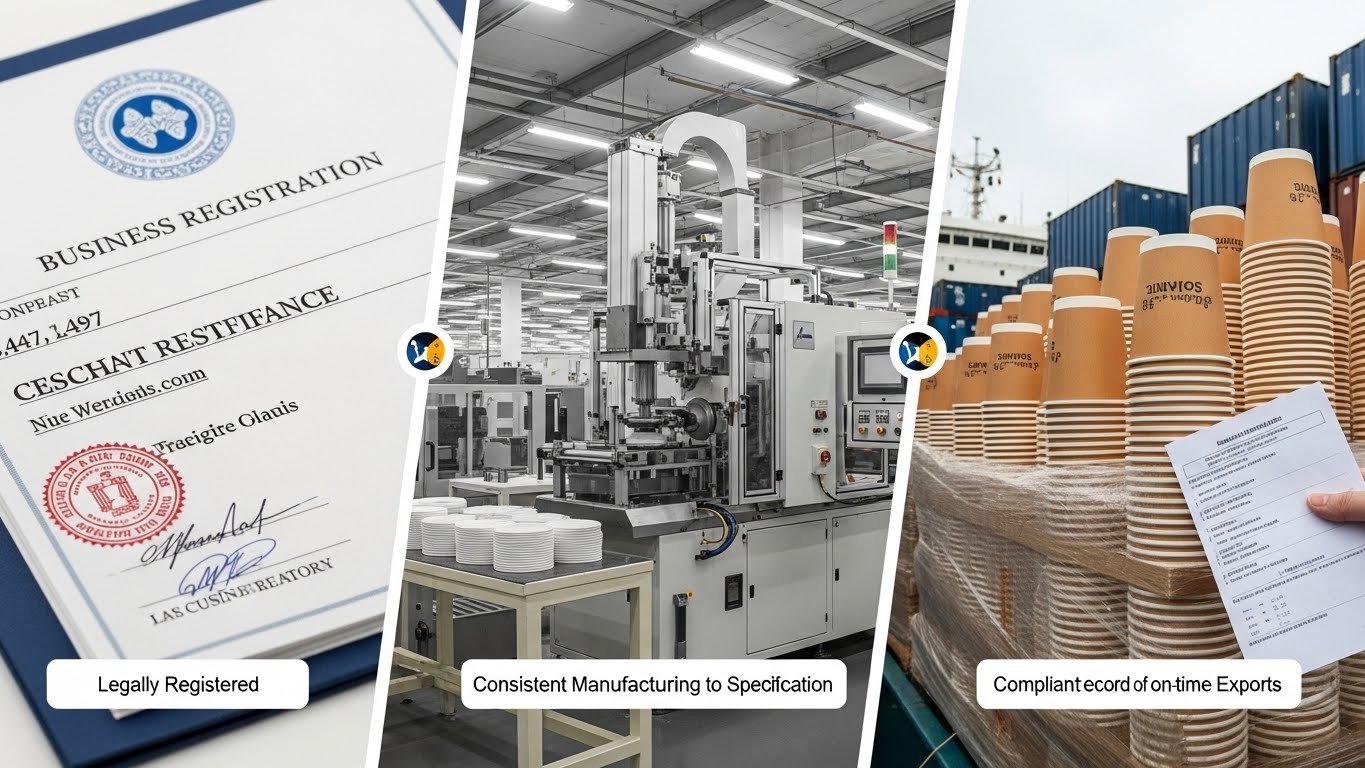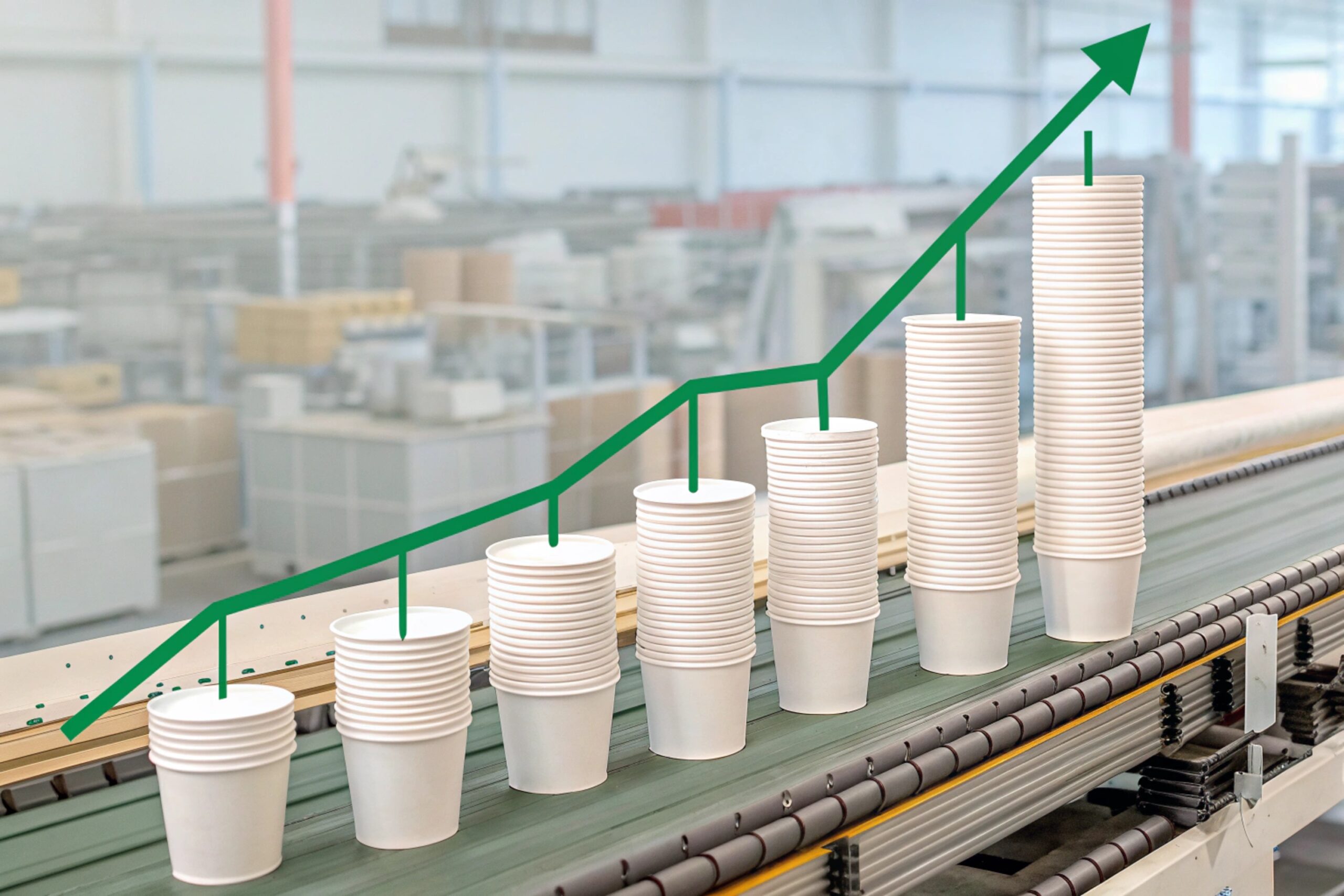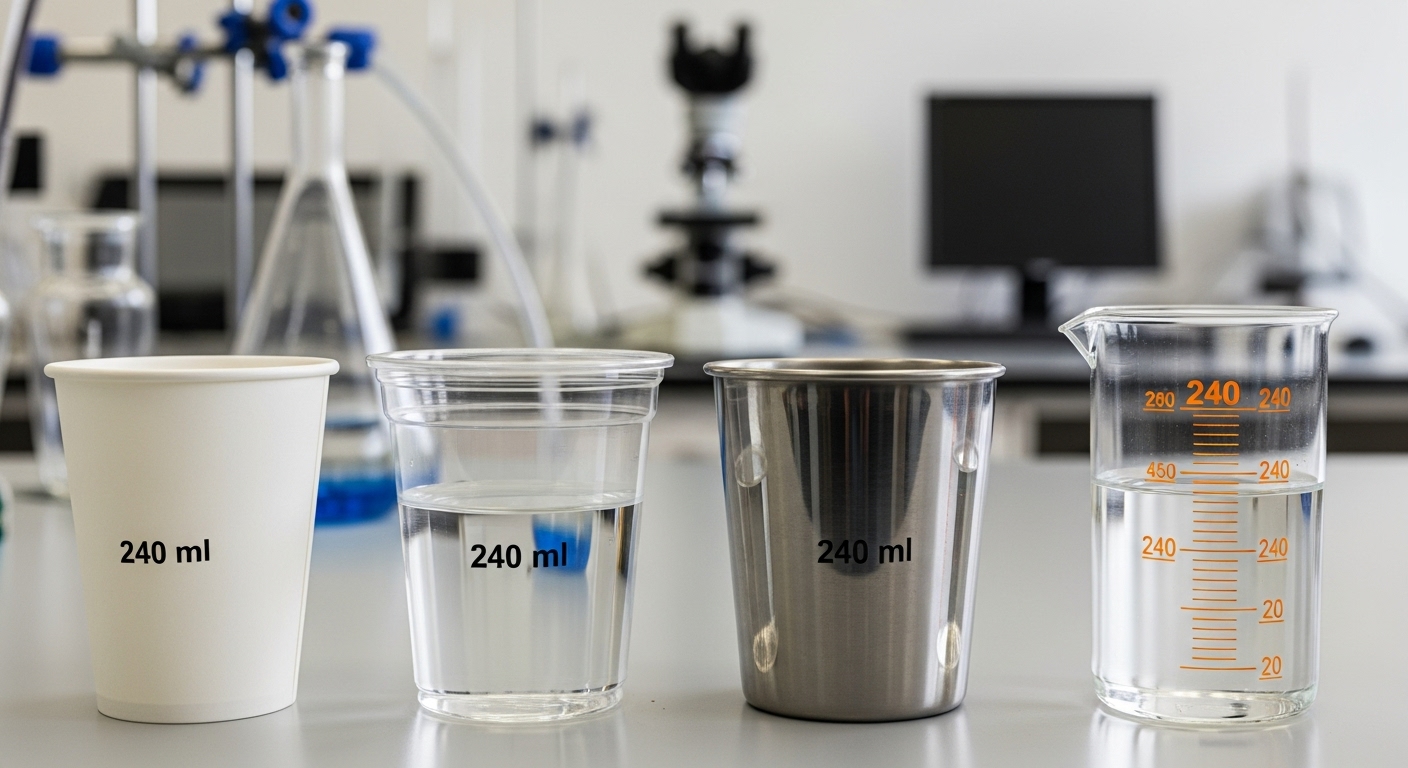
Coffee is one of the most traded agricultural commodities in the world: in 2022 alone, 70 percent of total coffee production was exported, worth USD 19 billion.
1,2 That same year, the sector had a retail market value of USD 83 billion, providing jobs for 125 million people.
1,3 Cofee is grown on 12.5 million farms worldwide, of which 67–80 percent are smallholder farms primarily located in developing countries, including 22 Low Human Development Countries (LHDCs).
1,4 The largest producing and exporting countries in 2022, irrespective of human development level, were Brazil (USD 4.6 billion), Vietnam (USD 3.5 billion) and Colombia (USD 2.58 billion), while the largest importing countries in 2022 were the United States (USD 6.3 billion), Germany (USD 3.5 billion) and France (USD 2.8 billion).
1,5 Overall, coffee supply growth outpaced demand growth from 2016 to 2022, at rates of 5 percent versus 2 percent respectively, resulting in a global coffee surplus of around 250,000 metric tonnes. The global supply–demand balance of coffee varies from year to year: 2016 closed with a supply deficit, while a surplus is estimated for 2021.
1,6 The sector is projected to grow, fuelled by increasing demand from producing countries and emerging economies that have not traditionally been among the major coffee importers, such as Brazil, Indonesia and China, as well as the expansion of retail options and coffee-based products such as ready-to-drink products.7,8 Another notable development is the increased adoption of voluntary sustainability standards (VSSs) by coffee producers: in 2022, 34.5 percent of the market was made up ofVSS-compliant coffee, while coffee that was potentiallyVSS-compliant represented 21.4 percent, and conventional coffee production accounted for 44 percent of the market.

See and download full report Global-market-report-coffee_GetBioPak.PDF







